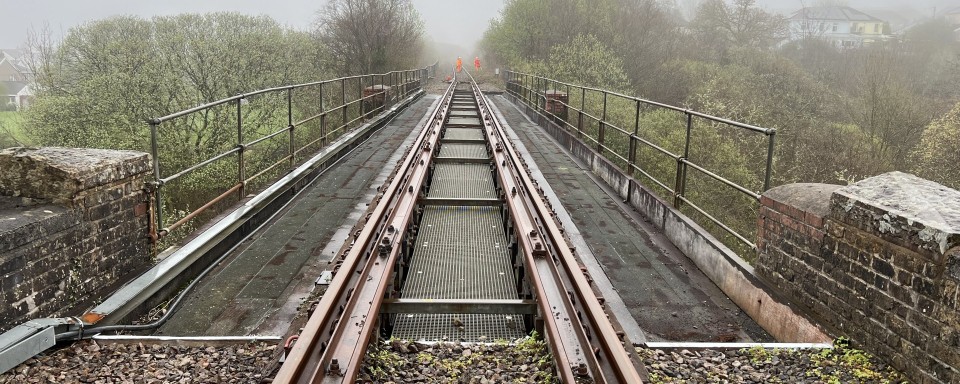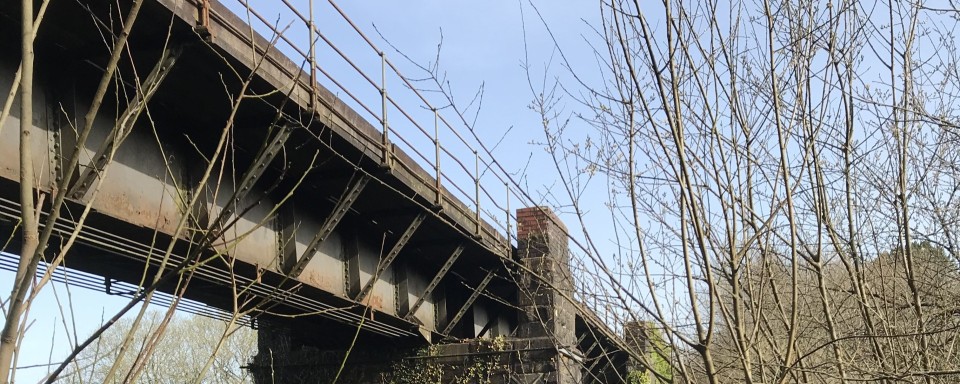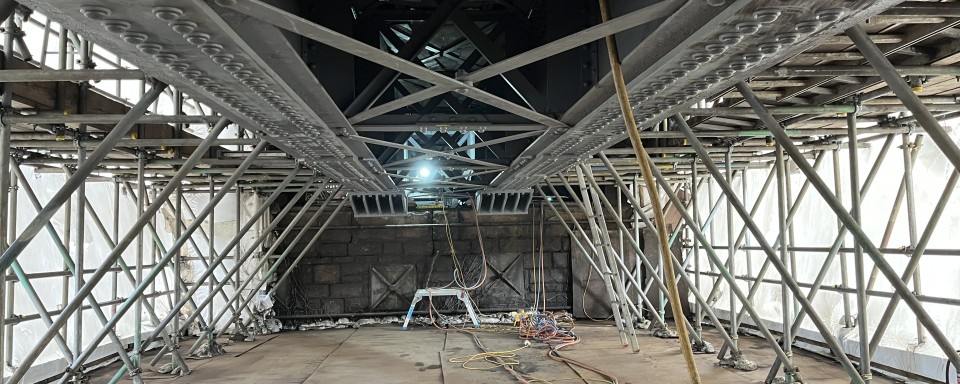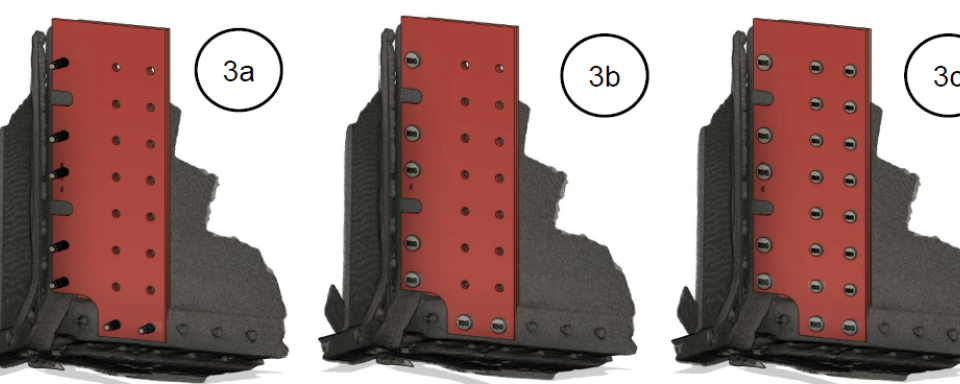Ynysdawley Viaduct Refurbishment
Client
Amco Giffen / Network Rail
Project Description
Ynysdawley Viaduct located in Wales Region crosses a deep gorge. A refurbishment and strengthening scheme is currently being implemented. The structure comprises two deck type spans supported by abutments and central pier. The 18m spans comprise two braced wrought iron main girders directly above which are mounted longitudinal wheel timbers (LTs). The LTs are supported and restrained by discrete cradles connected to the main girder top flanges at circa 600mm centres. The cess walkways and four foot comprise longitudinal timber planks and open grid flooring respectively. The spans had been previously strengthened by the introduction of tensioned bars to the bottom flanges but these were losing post tension force. The project required the capacity to be enhanced from RA6 at 20mph to RA10 at 30mph (+10%). Refurbishment of the substructures and spans, including masonry and metallic repairs and re-painting were included with a requirement to avoid major maintenance for 25 years. The post tension bars were to be removed.
Cass Hayward Role(s)
- Strength assessment and design of strengthening.
- Design of repairs to super and substructures.
- Stability checks to support Contractor’s method of works including use of suspended scaffold.
- Post Grit Blast joint inspection with PC and Asset Management to identify repairs required to achieve MVP. Design of emerging MVP repairs.
Project Statistics
- Contract Value circa £1.85M.
Special Features
- Strengthening comprised doubler plates to the bottom flanges in combination with vertical strengthening plates added to the web faces at high level. This meant the track and the cradles could be left in position.
- The LTs and deck timbers used to support the scaffold avoiding the requirement to build up from the valley floor or support out from the substructures.
- The bottom flange doubler plates were installed using ‘top hat’ bosses that permitted fixings to be installed on a ‘one out’ ‘one in’ basis with the doubler plate in position.
- Scanner used to provide base model for production of post grit blast repairs and sequencing.










